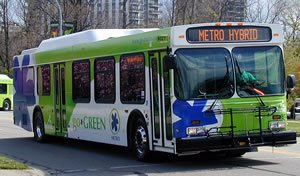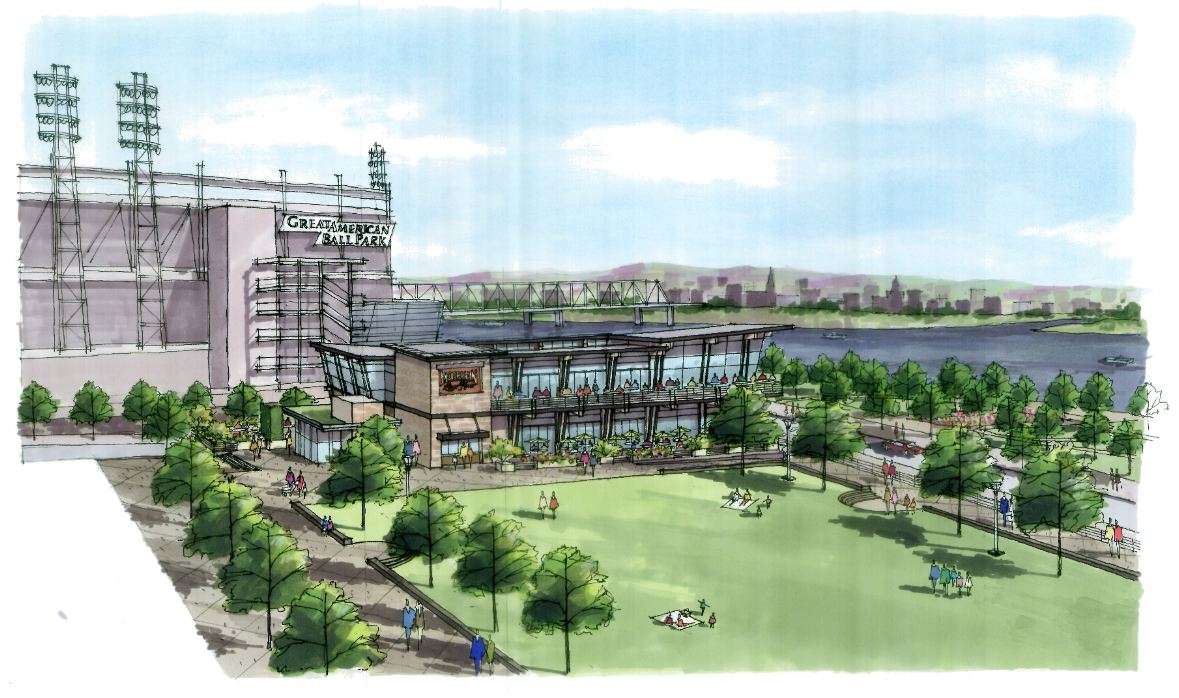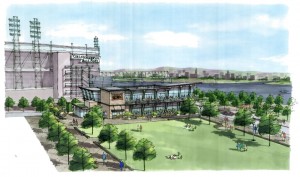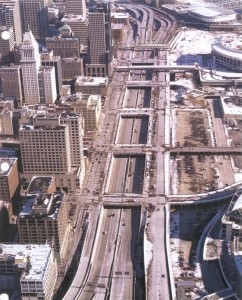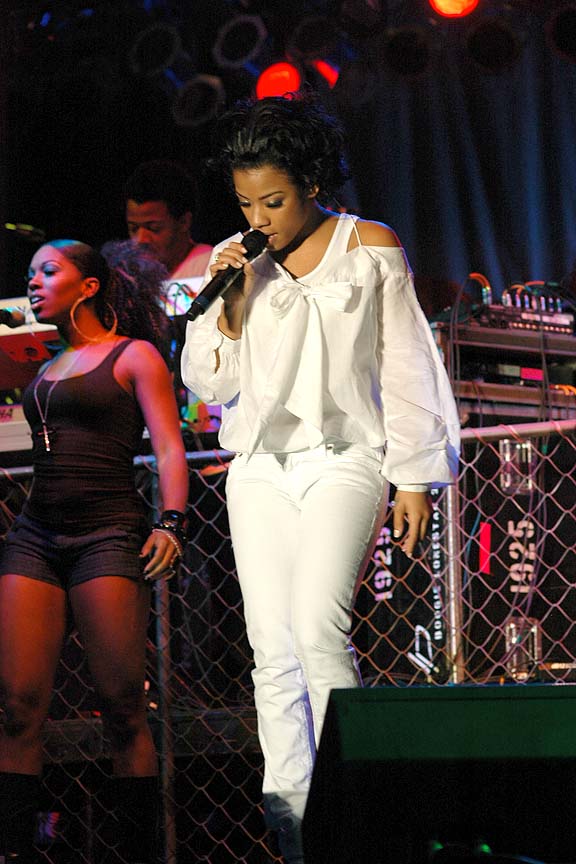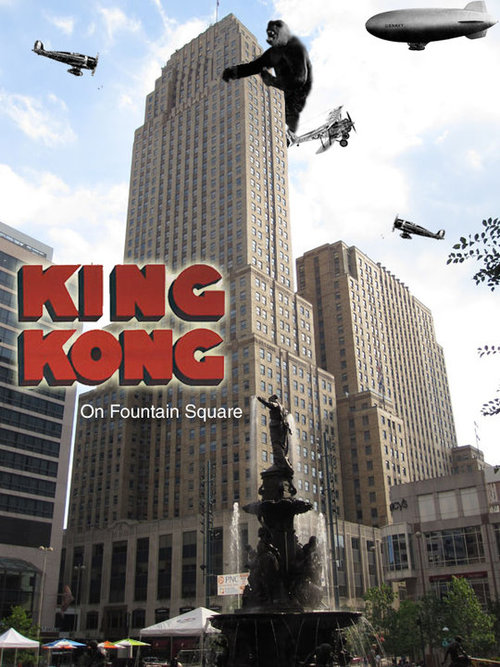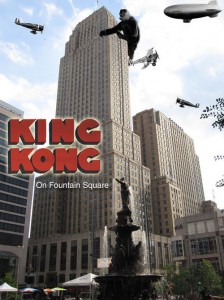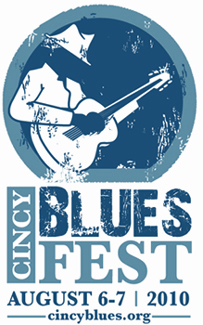 This weekend Sawyer Point will have a bluesy vibe as the Cincy Blues Fest returns for 2010 starting Friday night at 5pm. The event will bring top-notch blues talent to the Cincinnati central riverfront for two consecutive nights, and raise money for a local music education program.
This weekend Sawyer Point will have a bluesy vibe as the Cincy Blues Fest returns for 2010 starting Friday night at 5pm. The event will bring top-notch blues talent to the Cincinnati central riverfront for two consecutive nights, and raise money for a local music education program.
Hosted by the Cincy Blues Society, this festival has been an annual event for many years now and offers Cincinnatians and visitors a chance to experience some great blues music for a low price all in one place. Blues lovers and music enthusiasts can purchase tickets for $10 on Friday and $15 on Saturday which has more than two hours of music starting at 2:30pm and going until midnight.
More than 40 national and local acts will take to four stages over the two day event. The Budweiser Main Stage will feature national acts both nights, as well as, a special performance by Blues Society’s Blues in the Schools program. Blues in the Schools brings accomplished area musicians into local schools to educate students about the history and significance of blues music, and is the main benefactor of the festival.
On Friday, Cincy Blues Fest will partner with the Gulf Restoration Network to raise awareness and funds for Gulf Coast and wetlands restoration efforts in a New Orleans-themed night called Pardi Gras. Saturday’s special performance features a tribute to one of the founders of Jazz music, Jell Roll Morton, with special Boogie-Woogie performances all day long. Additionally, the local blues scene will be featured on the St. Vincent de Paul stage all weekend long. Beer, wine, barbecue, and Cajun cuisine will also reportedly be available for purchase.
Festival organizers state that close to 400 volunteers help make the event possible each year. Those interested in signing up to volunteer can sign up online, or do so by contacting Tammy Reams at (513) 405-5868 or cincybluesvolunteers@gmail.com. A volunteer orientation party is scheduled for Thursday, August 5 at 7pm under the arches at Sawyer Point.
The 2010 Cincy Blues Fest will take place at Sawyer Point (map) in downtown Cincinnati. Limited automobile parking is available nearby. Lots of free off-street bicycle parking is available, and the event is accessible by Metro bus service (plan your trip). Refer to the festival’s website for discounted ticket information for children and Blues Society members.

